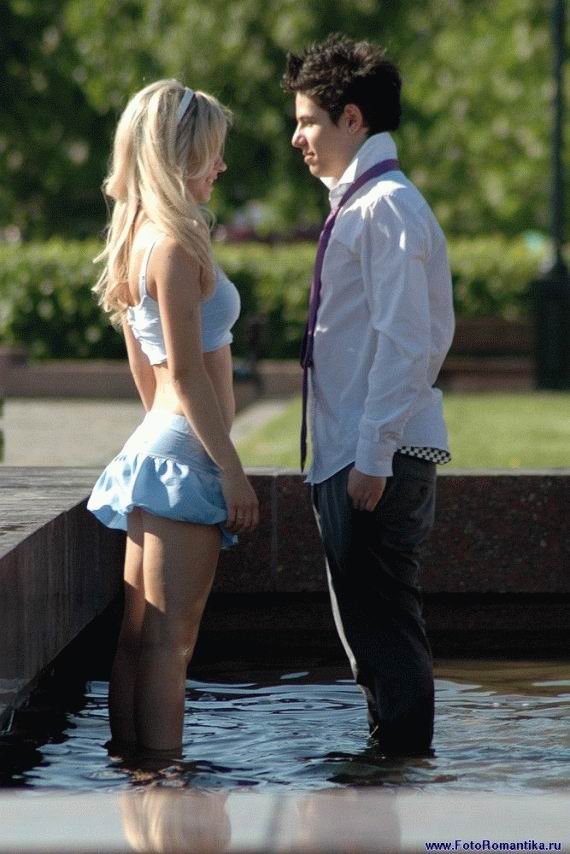|
|
Fountain Girls
|
In 1503, Pope Julius II decided to recreate a classical pleasure garden in the same place. The new garden, called the Cortile del Belvedere, was designed by Donato Bramante. The garden was decorated with the Pope's famous collection of classical statues, and with fountains. The Venetian Ambassador wrote in 1523, "...On one side of the garden is a most beautiful loggia, at one end of which is a lovely fountain that irrigates the orange trees and the rest of the garden by a little canal in the center of the loggia... The original garden was split in two by the construction of the Vatican Library in the 16th century, but a new fountain by Carlo Maderno was built in the Cortile del Belvedere, with a jet of water shooting up from a circular stone bowl on an octagonal pedestal in a large basin.
In 1537, in Florence, Cosimo I de' Medici, who had become ruler of the city at the age of only 17, also decided to launch a program of aqueduct and fountain building. The city had previously gotten all its drinking water from wells and reservoirs of rain water, which meant that there was little water or water pressure to run fountains. Cosimo built an aqueduct large enough for the first continually-running fountain in Florence, the Fountain of Neptune in the Piazza della Signoria (1560–1567). This fountain featured an enormous white marble statue of Neptune, resembling Cosimo, by sculptor Bartolomeo Ammannati.
Under the Medicis, fountains were not just sources of water, but advertisements of the power and benevolence of the city's rulers. They became central elements not only of city squares, but of the new Italian Renaissance garden. The great Medici Villa at Castello, built for Cosimo by Benedetto Varchi, featured two monumental fountains on its central axis; one showing with two bronze figures representing Hercules slaying Antaeus, symbolizing the victory of Cosimo over his enemies; and a second fountain, in the middle of a circular labyrinth of cypresses, laurel, myrtle and roses, had a statue bronze statue by Giambologna showed the goddess Venus wringing her hair. The planet Venus was governed by Capricorn, which was the emblem of Cosimo; the fountain symbolized that he was the absolute master of Florence.
By the middle Renaissance, fountains had become a form of theater, with cascades and jets of water coming from marble statues of animals and mythological figures. The most famous fountains of this kind were found in the Villa d'Este (1550–1572), at Tivoli near Rome, which featured a hillside of basins, fountains and jets of water, as well as a fountain which produced music by pouring water into a chamber, forcing air into a series of flute-like pipes. The gardens also featured giochi d'acqua, water jokes, hidden fountains which suddenly soaked visitors. Between 1546-1549, the merchants of Paris built the first Renaissance-style fountain in Paris, the Fontaine des Innocents, to commemorate the ceremonial entry of the King into the city. The fountain, which originally stood against the wall of the church of the Holy Innocents, as rebuilt several times and now stands in a square near Les Halles. It is the oldest fountain in Paris.
|
|









